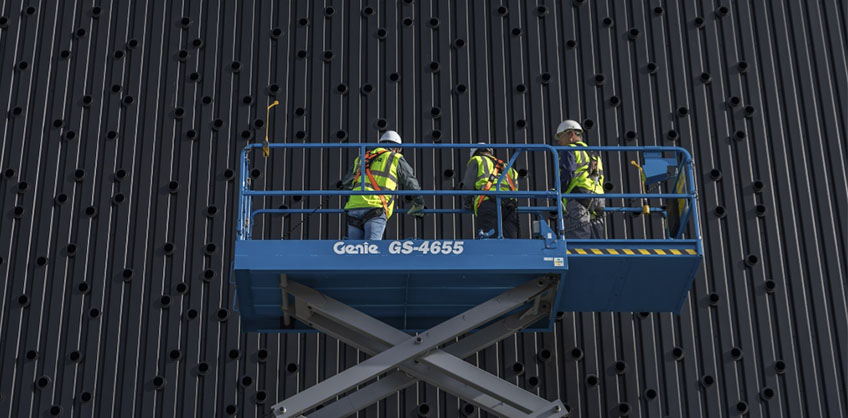When Work Is Done for the Day — Guidelines for Daily Maintenance on Scissor Lifts
by Michael Flanagan - Product Manager On Feb 4, 2021, 03:00 AM
Subscribe To Aerial Pros
Filter by tags
Sticking to a regular maintenance routine, including the important daily tasks as outlined in the operator’s manual, helps to ensure that scissor lifts are ready to work when they are needed. By adhering to a few daily maintenance requirements at the end of each work day, scissor lift operators can ensure maximum equipment uptime on jobsites.
There are several important tasks for the operator to complete before going home for the day. First, the operator to lock out the scissor lift. The operator needs to select a parking location on a firm, level surface that is clear of obstructions and traffic. Once the scissor lift is parked, the operator should lower the platform, turn the key switch to the “off” position and remove the key to secure form unauthorized use.
When the machine is secured at the end of the day, the batteries should be charged in accordance with the manufacturer’s recommended guidelines outlined in the machine’s operator’s manual. Proper battery condition is essential to good machine performance and operational safety.
Typically, this task is done by plugging the battery charger into an AC wall outlet in and allowing the batteries to completely charge, but it is important to review the manufacturer’s specific requirements, which may include:
- To not use an external charger or booster battery;
- To charge in a well-ventilated area;
- To use the proper AC input voltage for charging as indicated on the charger;
- And, only use an authorized battery and charger that is appropriate for the machine’s make and model.
When the operator goes to charge the battery, it is important to make sure the batteries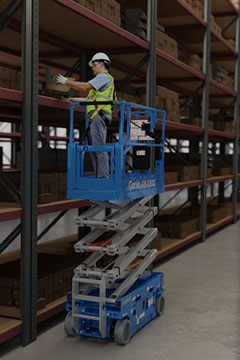 are connected before charging. Additionally, batteries should be in a well-ventilated area; some scissor lift manufacturers may require that battery compartment remain opens for the entire charging cycle.
are connected before charging. Additionally, batteries should be in a well-ventilated area; some scissor lift manufacturers may require that battery compartment remain opens for the entire charging cycle.
If an operator is charging standard wet batteries with vent caps, it is important to remove the battery vent caps and to check the battery acid level. Operators must wear appropriate personal protection equipment (PPE) to complete this task.
If it is necessary to fill up the batteries, the operator should add enough distilled water to cover the plates, at the bottom of the fill tube, but not overfill prior to the charge cycle. Then, the operator should replace the battery vent caps and connect the battery charger to a grounded AC circuit. The charger will indicate when the battery is fully charged. The operator should then again check the battery acid level when the charging cycle is complete. Operators should check the operator’s manual for specific information about the particular machine and batters as some batteries may be sealed and not require refilling.
It is best for the batteries that they are charged for an extended of time, such as overnight, because opportunity charging — plugging the scissor lift in during lunch time or for short periods of time — can be detrimental to battery longevity. Most scissor lifts have a battery-level indicator on the platform or ground controls. Operators should use this important diagnostic readout to determine the battery level and take the machine out of service when the batteries are low on charge. On many scissor lift makes and models, when the battery level gets too low, machine functions may be disabled.
Operators should consult the jobsite supervisor and safety manager, as well as the rental house’s fleet manager, to get more information on all daily maintenance tasks that need to be completed. This will ensure that operators have the right tools, training and resources available to maximize the scissor lift’s jobsite productivity.
Related Posts
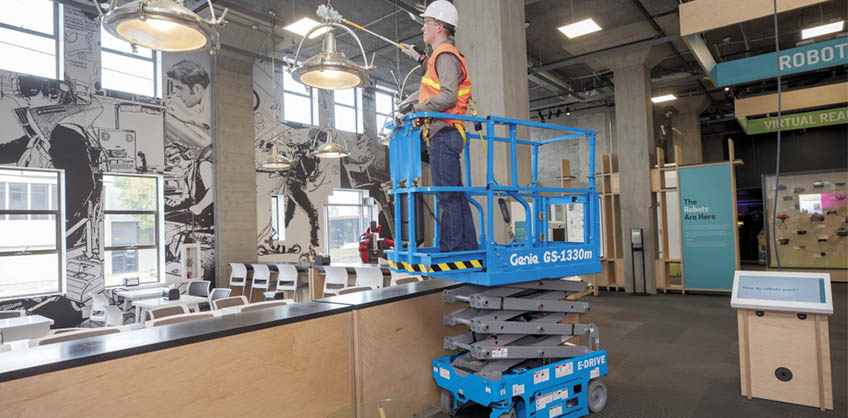
How Wind Rating Requirements Impact Scissor Lift Design and Safe Use
Industry standards governing the design, use and manufacture of any aerial product will require periodic reviews, as new technologies and best practices enter the market.
Continue Reading
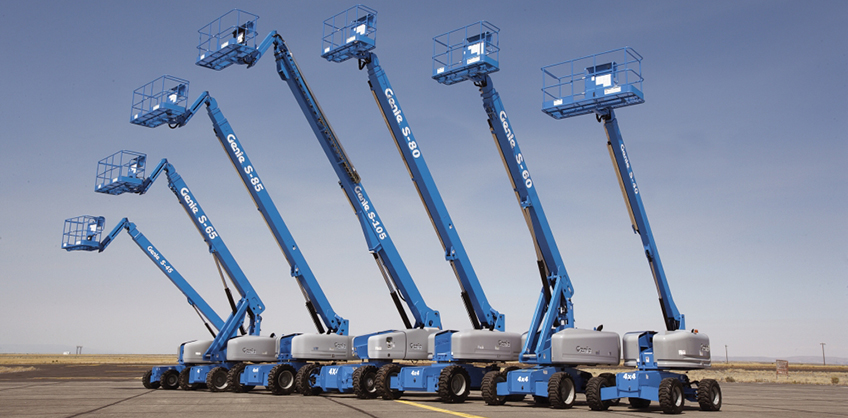
Benefits of Preventive Maintenance for MEWP Rental Fleets
As is the case with all equipment, mobile elevating work platforms (MEWPs) require regular, preventive maintenance to maintain peak performance. Ensuring a MEWP gets the maintenance it needs is not only important to safety, but to performance as well.
Continue Reading
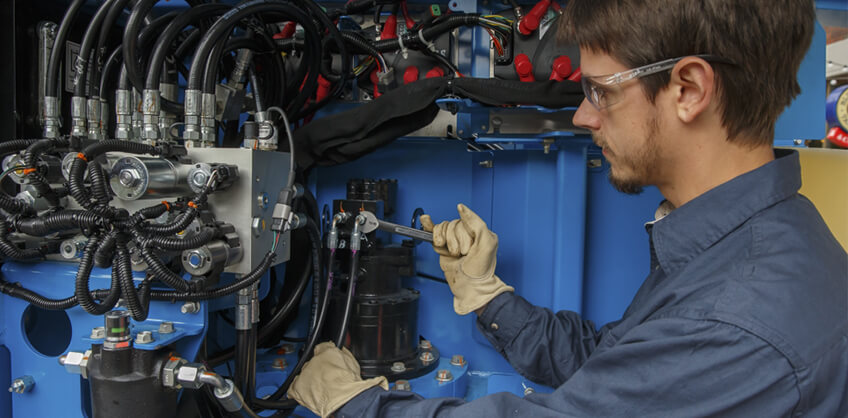
How Machine Data Influences MEWP Maintenance and Service
When looking at a machine’s service and repair from that perspective, downtime costs a rental business big time.
Continue Reading


